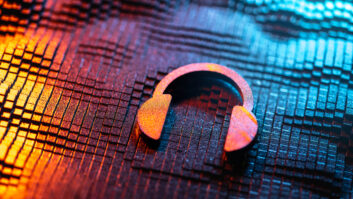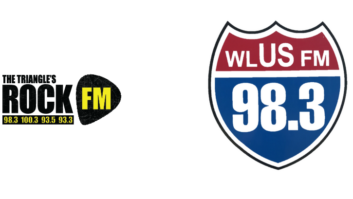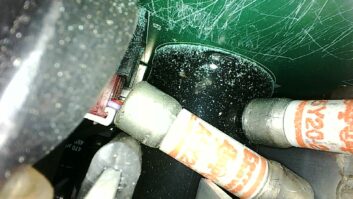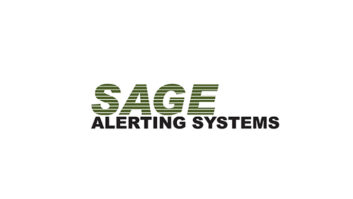Missing something
Feb 1, 2006 12:00 PM, Chriss Scherer, editor
Each year in January, the consumer electronics industry gathers to show everything–and I mean everything–related to this field. The convention itself is huge. Held in Las Vegas, it covers all of the Las Vegas Convention Center, all of the Sands Expo Center and occupies space in several hotels. If you think that NAB convention is big, you should see CES sometime.
The last CES I attended was a few years ago, and I was looking forward to seeing the latest and greatest of everything electronic for the consumer. I was only able to spend one day on the convention floor, which is hardly enough time to see everything, so I focused my attention on one piece of technology: HD Radio.

In January 2005, 21 radio group owners committed to convert more than 2,000 stations to HD Radio. At the end of 2005, the HD Digital Radio Alliance was formed to promote HD Radio through radio broadcasters themselves. By the time 2005 ended, more than 600 stations touted having HD Radio transmissions on the air.
All this attention to HD Radio sounded great. When I began making my plans to visit the CES, I looked forward to seeing the large presence that HD Radio would have relating to all the recent news. I had heard that many manufacturers would display HD Radio receivers, and I anticipated seeing the buzz that HD Radio would finally receive from the attendees at the CES.
Unfortunately, the actual HD Radio presence was bland. I was looking for HD Radio and I had trouble finding it. Imagine if I were looking for any new technology, like the consumer press editors from Wired and Rolling Stone were. I wonder if they actually found it.
I started my CES visit in the CES Innovations Awards exhibit. These are products that are supposed to represent the top technology at the convention, so I thought it was a good place to start. Of the hundreds of products shown there, there was only one that featured HD Radio: the Polk Audio Isonic Entertainment System. Good news for Polk and HD Radio: it won the top award in the Audio Components category. Unfortunately, the mention of HD Radio was just part of its features. HD Radio didn’t stand out to me.
I moved on to other parts of the Sands and then the LVCC. I had an exhibitor list of booths showing HD Radio receivers, so I plotted a direct course to see what the showing was like. This is when I realized that if I were not looking for HD Radio I probably would have never found it.
My first stop in the LVCC was the Ibiquity booth. You’ve seen a similar display at the NAB convention: the white cube in the center with info and a display of HD Radio receivers. This time, there were several vehicles in the booth showing HD Radio technology as well. It was a nice try, but it didn’t stand out. CES is a marketing blitz. Every booth has lights, sound and tricked-out cars, and many of them have plenty of other attention-getting decorations.
When I visited the booths of the HD Radio receiver manufacturers, I was disappointed. At most of the booths, the HD Radio unit was tucked in one corner. Most of the booth staffs knew little, if anything, about HD Radio. However, those that knew something were busy pushing their other products.
After the convention I talked to Peter Ferrara, the president of the HD Digital Radio Alliance, about the disappointing presence at CES. He told me that the focus of CES is the opportunity to sit down one-on-one at high levels and have meetings with the manufacturers and help them get further in the game.
I suppose that approach is good as far as getting hardware to the store shelves, but in the meantime, more than 100,000 people still know nothing about HD Radio. CES was a chance to show them that terrestrial radio was just as important today as it ever was. Instead, the attendees are further convinced that digital radio’s future is with Sirius and XM, and portable digital audio is with media players and cell phones.
E-mail:[email protected]
Fax:913-514-7201






